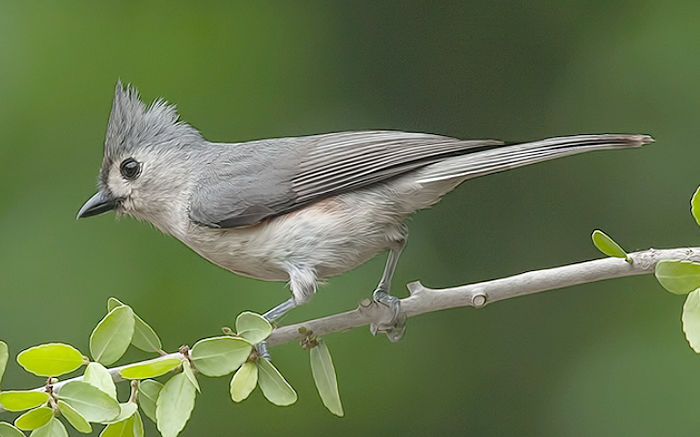Species Identification Mobile Apps
Seek is a fun, easy, and reliable app that identifies trees, fish, plants, fungi, reptiles, amphibians, arachnids, mammals, mollusk, and insects. It has high accuracy in identification as long as you take a picture close to your species. Many times it will be able to identify the entire taxonomy. While playing around with this app in my backyard, it included me in one of their "backyard challenge" challenges. You can participate in numerous challenges that you can get medals for every time you get a species. What I find brilliant about this app is that users are contributing to a citizen science project, where the public is contributing to scientific research while learning and having fun on the app. All the information on this app is public, which helps scientists learn where and when organisms are found and could potentially lead to a discovery of an organism.
The pros for Seek is that it has a wide variety of organism you can search for, it's for beginners, is family-friendly, educational, promotes scientific research, and has fun challenges. The cons are that the app has trouble identifying species because the picture isn't clear enough. I will have to continue to use this app in other areas with a wider variety of organisms.
The Cedar Elm is a popular tree in North Texas and many of them are planted around houses and companies. However, root sprawling is possible with these trees which would make them invasive. It does not happen often though,
This app maybe be one of my favorites and is easy to use! It is only birds, so you have more opportunities on the app to describe the bird you are looking for in your region. It has been easy to find the bird species while also learning about what attributes to look for to identify the species. The characteristics to look for are the size, color, activity, type, habitat, voice, wing shape, and tail shape. The app will then tell you all the birds in that region with those characteristics.
It also has a section on the app where you can track vulnerable birds due to climate change in your region or other regions of interest. Birds may become extinct due to habitat changes. This section has been a valuable tool because it brings awareness to bird enthusiasts, and we need the world to become aware of the dangers of climate change.
This app is also public information, so any input from citizens gives the scientist information to learn. The overall ease of the app makes it fun to go outside as a beginner or even an accomplished birder and discover more about what species and species are vulnerable and need our help.
A pair of Tufted Titmouse birds love to visit our bird feeder in the backyard!
We have watched these baby Barn Swallows and their parents for about 3 weeks now.
References:
T. (2021). Cedar Elm Tree - Dallas, Texas - Treeland Nursery. Treeland. https://www.tree-land.com/tree-finder/tree/cedar-elm/
Woodhouse's Toad (Anaxyrus woodhousii). (2022). iNaturalist. https://www.inaturalist.org/taxa/64989-Anaxyrus-woodhousii
Description of the Tufted Titmouse. (2021). Birdzilla.Com. https://www.birdzilla.com/birds/tufted-titmouse/description.html






Comments
Post a Comment